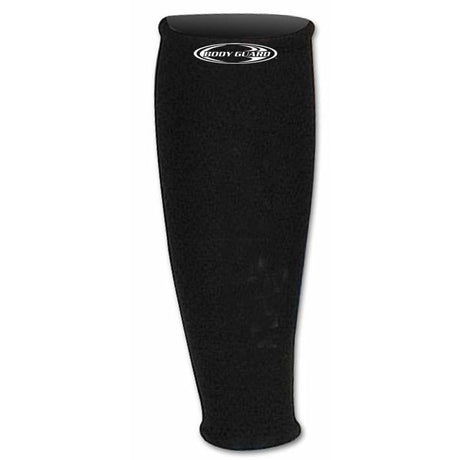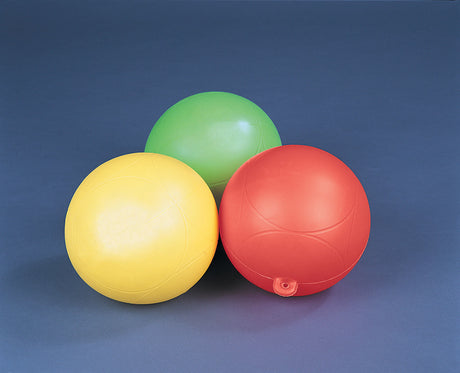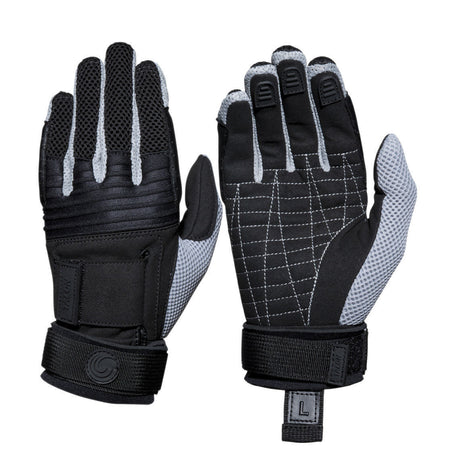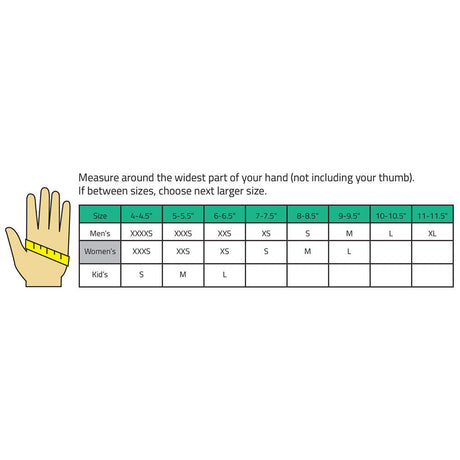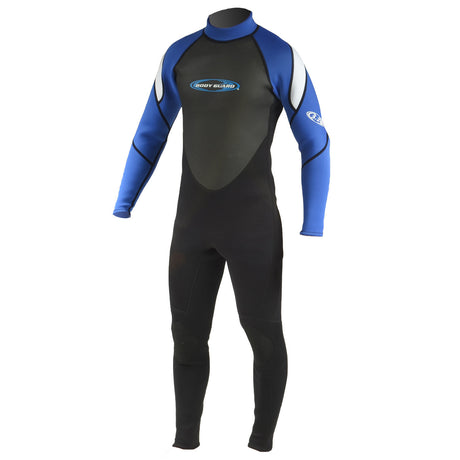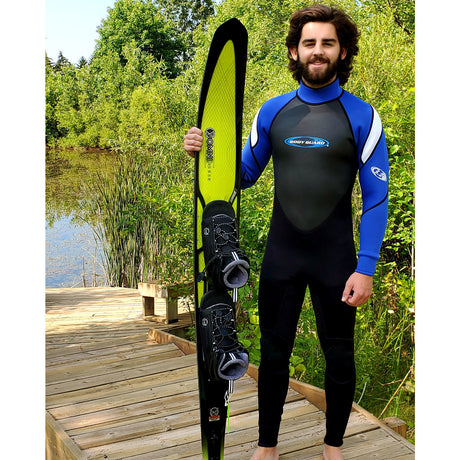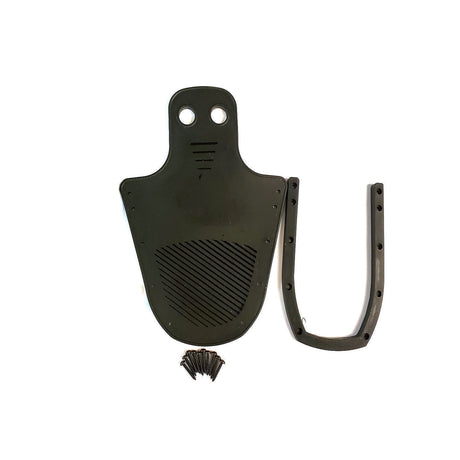A day of high-speed slalom skiing or wakeboarding on your local lake can make for the most fun and best memories -- but water sports are not without their risks. At least 3,500 people drown in the U.S. each year, and nearly half are children. According to the CDC, in 2019, 76% of all fatal boating accident victims drowned, and 84% of them were not wearing life jackets.
Ensuring your safety on the water should always be your top priority. A personal life jacket, also known as a personal flotation device (PFD), can be a lifesaver in emergency situations.
Let's walk through everything you need to know about picking the perfect personal life jacket, including an important distinction between CGA (Coast Guard-Approved) and non-CGA vests, and when a CGA vest is required.
Types of Personal Life Jackets
Personal life jackets come in various types, each designed for specific water activities and conditions. For most boating and recreational activities, you'll stick to just one or two types of jackets. But let's cover all the types of personal flotation devices, known as PFDs:
Type I: Offshore Life Jacket
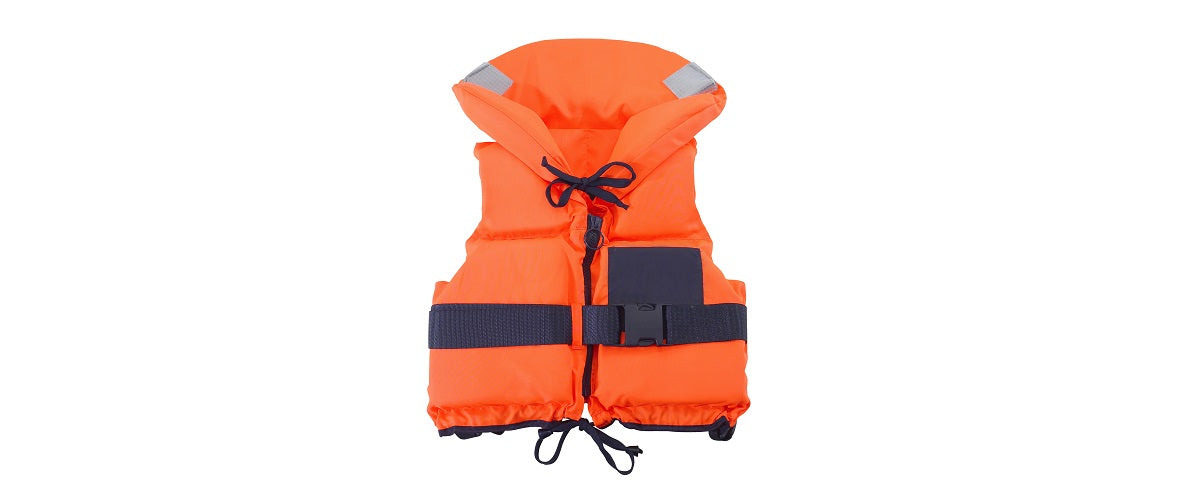
Offshore life jackets provide the most buoyancy. These jackets (and all Type 1 PFDs) protect wearers against drowning by keeping the head above water if they're unconscious.
These jackets are also the bulkiest, and they restrict movement of the wearer. They may not be ideal for water activities that require maneuverability, like water skiing and wakeboarding, but they work great for children and adults riding towed tubes.
Type 2: Near-Shore Buoyancy Vest
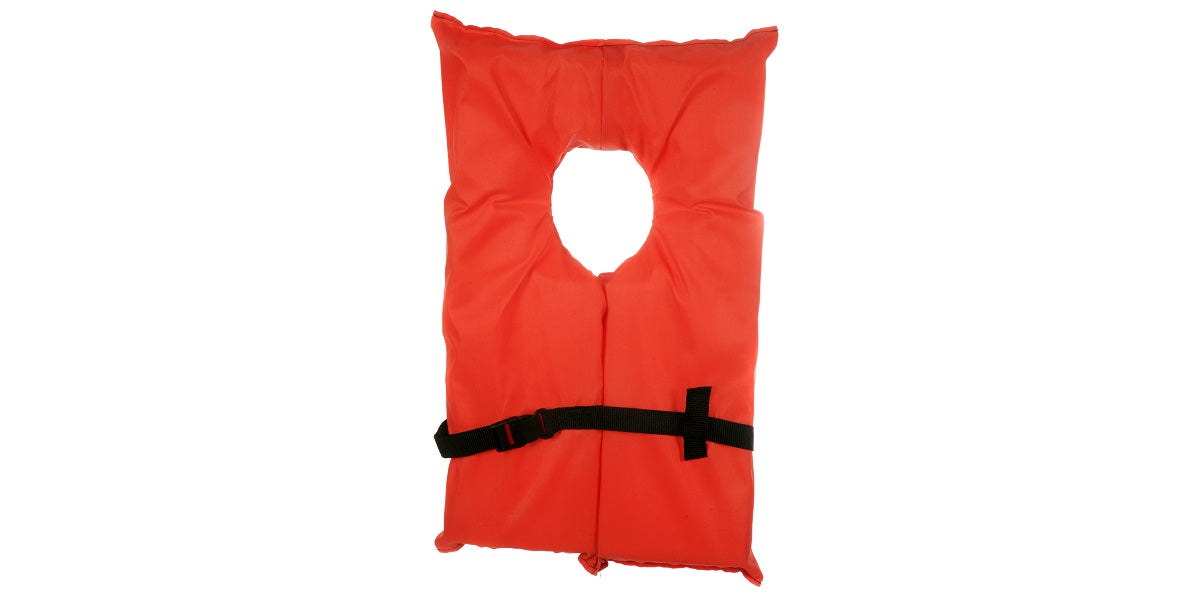
Intended Use: For calm or inland waters where rescue is quick.
Buoyancy vests consist of a front panel with a hole for the wearer's head, and a chest strap to secure the panel to the torso.
Type 2 PFDs may or may not keep the wearer's head above water if they're unconscious, so they're best suited for water activities near the shoreline and in situations wherein the wearer can be quickly rescued from the water as needed.
Type 3: Flotation Aid
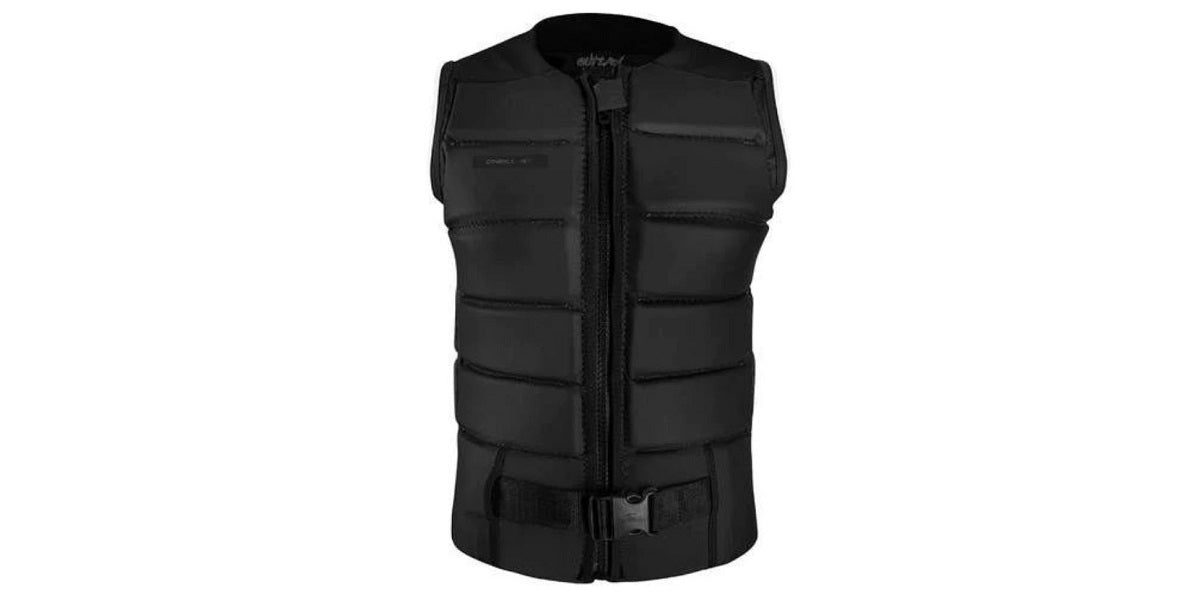
Intended Use: For near-shore and deep-water recreational activities.
Most water skiing, wakeboarding, and wake surfing vests (like the O'Neill Outlaw Vest, shown above) fall into this category. Type III PFDs come in two flavors: Coast Guard-Approved, or "CGA", and non-Coast Guard Approved, also called "non-CGA".
Coast Guard-Approved (CGA) life jackets are rated for keeping a wearer buoyant at all times. These devices may provide enough buoyancy to keep the wearer's head above water if they're unconscious -- but it's important to check the jacket's ratings to be sure. More on that below (see our section on new life jacket ratings).
Non-CGA jackets are commonly called Comp Vests, or swimmer-assisted life jackets. Although they provide some buoyancy, they can't reliably keep the wearer's head above water if the wear is unconscious. These vests are not Coast Guard-approved, and will typically be labelled "non-CGA" to denote this.
Type 4: Throwable Flotation Device
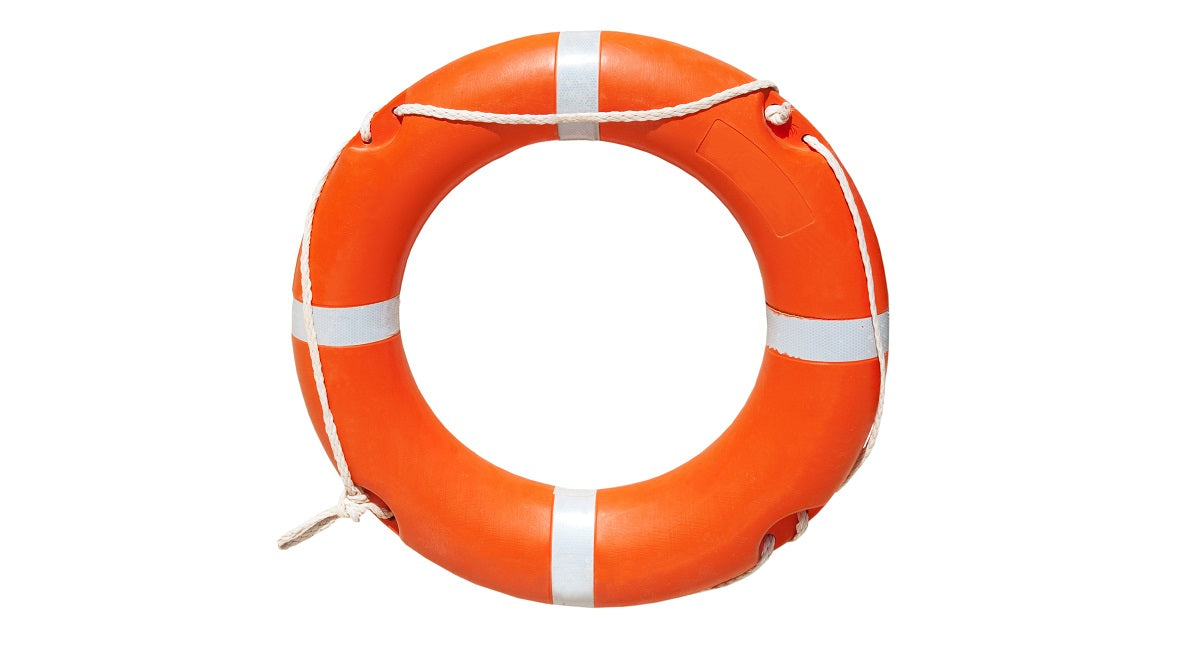
Intended Use: Not meant to be worn but to be thrown to someone in the water as a rescue device
These PFDs include ring buoys and foam floating pads.
Type 5: Special Use Device
Intended Use: Tailored for specific activities such as windsurfing or waterskiing.
These PFDs resembled skeletonized vests, with thin, vertical shoulder straps that fill with air to provide some buoyancy. Type 5 flotation aids are typically reserved for whitewater rafting and boardsailing.
"Which Type of Life Jacket is Best For Me?"
Most folks who engage in watersports -- boating, water skiing, wakeboarding, wakesurfing, and tubing -- wear Type 1 and Type 3 life vests.
Type 1 vests provide the best protection for young children who are boat passengers and towed tube riders.
Type 3 vests are great for older children and adults who are confident in their swimming abilities and who engage in deep-water sports, like skiing, boarding, and surfing.
Understanding New Life Jacket Labels

Starting in 2014, new life jackets began receiving a new method of labeling. Now, life jackets and other personal flotation devices no longer display "Type" codes, which references the types of vests we discussed above.
Instead, life jackets are now categorized as wearable, or throwable. All wearable life jackets now display labels (exampled above) with buoyancy ratings, user weights, and chest sizes for proper fitment.
Life Jacket Buoyancy Ratings
Buoyancy ratings range between 50, 70, 100, 150, and 275 Newtons of flotation. These numbers specify the amount of buoyancy, in kilograms, a jacket provides.
A jacket marked "50" or "50N" provides 5kg (11 lbs) of buoyancy, while a jacket marked "150" or "150N" provides 15 kg (33 lbs) of buoyancy.
Only life jackets with buoyancy ratings of 70 or higher can be U.S. Coast Guard-approved. This includes some Type 3 vests. Type 1 vests must have buoyancy ratings of at least 100.
Life Jacket Label Graphics

In addition to displaying buoyancy ratings, life jacket labels have graphics that indicate what conditions the jacket is suitable for.
Comparing the four examples above, we can see the jackets with "50" and "70" buoyancy ratings illustrate a swimmer in calm water, next to the shoreline, with rescue (the outstretched hand) nearby.
The jacket labelled "100" shows a swimmer in water some currents, a bit further from shore. The jacket labelled "150" shows a swimmer in rough, open waters away from shore.
Jacket Turning Ability
![]()
Two life jackets could have the same buoyancy ratings, but only one may be designed to turn the wearer face-up to keep his or her head out of the water. This turning ability is also present on life jacket labels.
A jacket that turns most wearers face-up in the water will display a circular arrow on its label, as shown above. A jacket that does not turn the wearer face-up will have the same arrow, but crossed out.
Life Jacket Warning Labels

Lastly, there are important warning labels some life jackets may display. These warnings will be placed next to a large exclamation point inside a triangle.
Usually, these warnings indicate certain water activities and conditions in which a jacket should not be used. The symbols above indicate that a particular jacket shouldn't be used when water skiing or wakeboarding, riding a towed tube, riding a jet ski, or kayaking.
CGA vs. Non-CGA Life Vests Explained
When shopping for a personal life jacket, you'll come across two primary categories: CGA (Coast Guard-Approved) and non-CGA. Let's explain the key differences:
CGA (Coast Guard-Approved) Vests

Pictured: O'Brien Flex V-Back Neo Life Jacket (Type 3, CGA)
These vests are tested by independent laboraties to ensure they meet speciffic buoyancy and safety requirements. In short, a CGA vest are tested and rated to provide enough buoyancy to keep the wearer afloat, with their head above the water, until they can be rescued.
Non-CGA Vests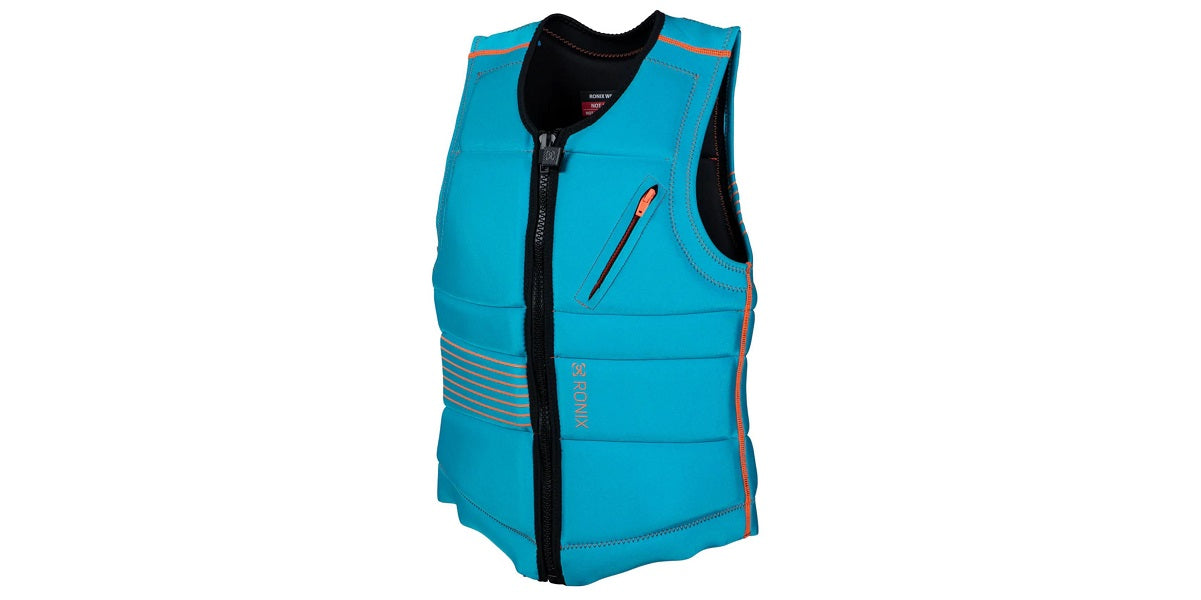
Pictured: Ronix Women's Coral Non-CGA Comp Vest
Although some non-CGA vests provide enough buoyancy to keep the wearer afloat, they have not been tested and approved by the Coast Guard to guarantee this, nor are these vests guaranteed to keep the wearer's head above water.
But non-CGA vests have some important advantages over CGA vests: They're lighter and smaller, they provide more flexibility, and they're more comfortable. These are all important qualities to have when you're trying to maneuver atop water skis or a wakeboard, or when you're wake surfing.
When Is a CGA Vest Required?
The requirement for wearing a CGA vest varies from place to place. Generally, CGA vests are legally required for activities involving motorized watercraft, such as boats and jet skis, as well as activities like water skiing and tubing in public water.
Here are some common situations in which a CGA vest is required:
1. Boating
In most places, wearing a CGA-approved life jacket is mandatory for everyone on board a boat, regardless of age or swimming ability. This includes sailboats, motorboats, and any other watercraft.
2. Water Skiing and Wakeboarding
CGA vests are typically required for participants in water skiing, wakeboarding, and other towed water sports. These activities carry a higher risk of falls and collisions, making the added buoyancy of CGA vests crucial.
Some private lakes and reservoirs, and some places with closed courses, allow ski and wakeboard riders to wear non-CGA vests.
3. Jet Skiing
Operating or riding on a jet ski often requires wearing a CGA-approved life jacket. Jet skis can reach high speeds and involve sharp turns, increasing the likelihood of accidents.
4. Commercial Tours and Rentals
If you're participating in a commercial water tour or renting equipment for water activities, such as kayaks or paddleboards, the rental or tour operator may require you to wear a CGA vest for liability and safety reasons.
It's essential to be aware of the specific regulations and requirements in your area, as they may vary. Always check with local authorities or the rental/tour operator to ensure you're in compliance with safety regulations.
5. Children Must Usually Wear CGA Vests
In most states, children under a certain age -- usually 12, 10, or 6 -- must wear CGA vests any time they're on a boat or engaging in watersports.
Looking For a Life Jacket?
Now you're learned up on how to pick the perfect life jacket. So, gear up with our selection! We have life jackets for men, women, and children, as well as non-CGA comp vests for competitive skiers and wakeboarders. Stay safe, and make the most of your time on the water.



